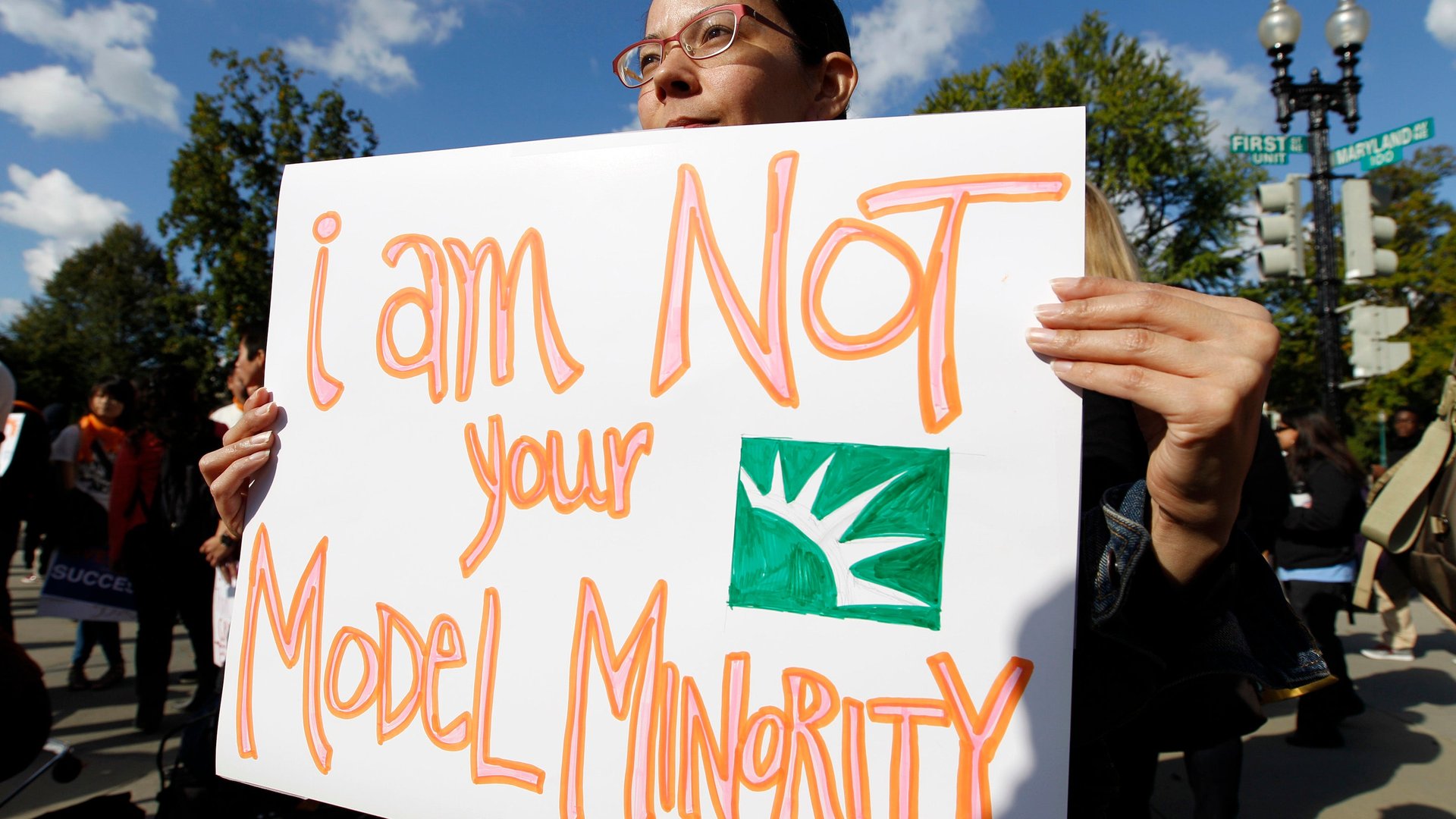Affirmative action in US colleges faces its biggest test in decades: Donald Trump
It was only last year that the US Supreme Court ruled in the landmark Fisher v. Texas case that college admissions offices are allowed to take applicants’ race into account when making decisions.


It was only last year that the US Supreme Court ruled in the landmark Fisher v. Texas case that college admissions offices are allowed to take applicants’ race into account when making decisions.
The decision was a breath of relief for supporters of the long-contested policy, who argue that affirmative action leads to a more diverse campus and increases minority groups’ access to college; it was a disappointment for the policy’s opponents, who say that it doesn’t lead to a better learning environment and often reverse-discriminates against whites and Asian-Americans.
But just in time for the start of the academic year, American colleges and universities have been slapped with a new (or rather, an old) controversy to battle. Per an internal document obtained by the New York Times (paywall), the US Justice Department plans to investigate and potentially sue schools over “intentional race-based discrimination,” with the project being run out of an office staffed by president Donald Trump’s political appointees, rather than by the department’s civil servants who typically handle education-related matters.
Affirmative action in the US has roots as far back as the 1940s—and court cases have regularly been raised against it ever since. The practice of race-based college admissions has largely been allowed to stand.
The immediate effect of its plans is a rattling of educational institutions—university presidents, professors, and students alike—all over at a time of increasing racial tension even before Trump’s election; prior to that, issues of race-related crises had already been at the forefront of campus protests across the country, with many schools having to change longtime traditions or introduce new policies as a response.
“I think this is more of a strategy to probably intimidate universities to question their practices,” Stella Flores, a professor and director at the New York University Steinhardt Institute for Higher Education Policy, tells Quartz. “We have very settled law on the issue of race in college admissions, saying it is illegal to discriminate against particular groups but you can take race into account as a factor.”
The history, then, remains in affirmative action’s favor. “Can it be overturned? Sure,” Flores says. “Has it? No.”